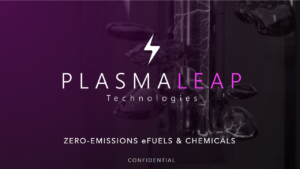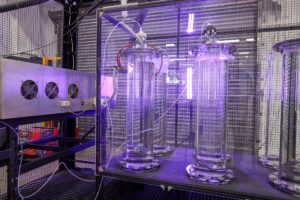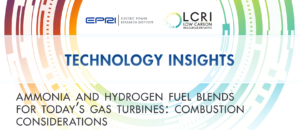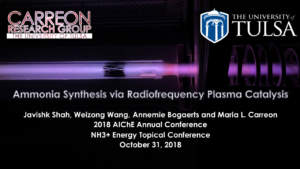Plasma
PlasmaLeap - Zero Emissions eFuels & Chemicals
Alternative synthesis start-ups: exploring the growing ecosystem in Australia and New Zealand
A fast-growing ecosystem of startups is progressing various technology pathways in Australia and New Zealand. Melbourne-based Jupiter Ionics is developing an electrolytic cell that will directly reduce nitrogen to ammonia under mild temperature and pressure conditions. In New Zealand, Liquium is embarking on a pilot-scale deployment of its miniaturised Haber Bosch technology. The University of Newcastle and Element One are progressing validation and pilot-phase deployments of AMMONIAC - a novel, “chemical-looping” ammonia production system. And in Sydney, PlasmaLeap is developing a plasma-based system, with on-farm trials already planned.
3rd generation ammonia synthesis: new catalysts & production pathways
We look at four new developments this week:
1. A team from DTU Energy and the Dalian Institute of Chemical Physics have uncovered a new class of alternative catalysts for mild condition ammonia synthesis. The ternary ruthenium complex hydrides Li4RuH6 and Ba2RuH6 avoid the energy-intensive pathway of nitrogen dissociation in a "synergistic" manner.
2. A team from the Korea Institute of Machinery and Materials reported a highly selective (95%) plasma ammonia synthesis method.
3. A team from Delft University of Technology has presented an present an "unconventional electrochemical design" that physically separates hydrogen and dinitrogen activation sites.
4. A team at the Max Planck Institute for Coal Research has demonstrated a new mechanochemical ammonia synthesis system that operates at room temperature and pressures as low as 1 bar.
The Ammonia Wrap: EU ambitions, new tankers, and GW scale green ammonia in Denmark, Norway, and Chile
Welcome to the Ammonia Wrap: a summary of all the latest announcements, news items and publications about ammonia energy. In this week's wrap: HyDeal Ambition, new marine tankers, fuel forecasts & SOFC developments, a new technical briefing on power generation, UNSW leads research in P2X, GWs of green ammonia in Denmark, Norway and Chile, green ammonia in the Orkneys, new government focus on ammonia in South Africa, and India to make green ammonia production mandatory?
Ammonia Yields during Plasma-Assisted Catalysis Boosted By Hydrogen Sink Effect
Synthesis of Ammonia By RF Non-Thermal Plasma over Ni-MOF-74
Microwave Catalysis for Ammonia Synthesis Under Mild Reaction Conditions
Ammonia Synthesis Via Radiofrequency Plasma Catalysis
Atmospheric-Pressure Synthesis of Ammonia Using Non-Thermal Plasma with the Assistance of Ru-Based Multifunctional Catalyst








